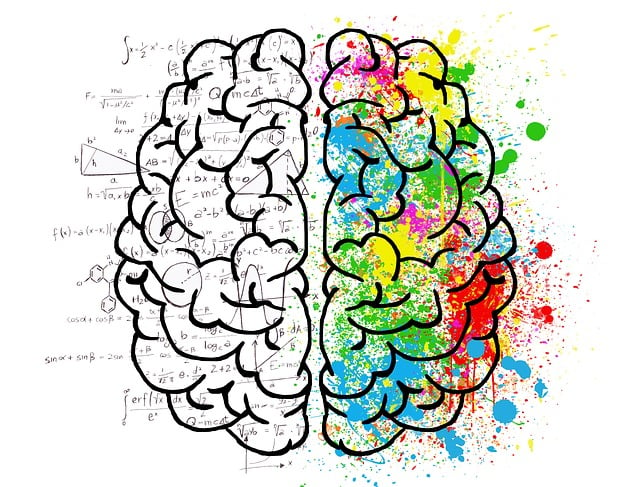Table of Contents
Definition
Spearman’s rank correlation coefficient is calculated as:
![]()
where ![]() is the difference between the ranks of corresponding data points and
is the difference between the ranks of corresponding data points and ![]() is the number of data points.
is the number of data points.
Real-Life Example
Sure, let’s create a hypothetical example to illustrate the concept of Spearman’s rank correlation coefficient. In this example, we’ll consider a small dataset of individuals’ exercise times and their corresponding fitness levels. We will rank the data and then calculate the Spearman’s rank correlation coefficient to analyze the relationship between exercise times and fitness levels.
Here’s the example data:
| Exercise Time | Fitness Level |
|---|---|
| 2.5 | 4 |
| 1.8 | 2 |
| 3.2 | 5 |
| 2 | 3 |
| 1.5 | 1 |
First, let’s rank the data for exercise times and fitness levels:
| Individual | Rank (Exercise Time) | Rank (Fitness Level) |
|---|---|---|
| 1 | 3 | 3 |
| 2 | 2 | 1 |
| 3 | 5 | 5 |
| 4 | 1 | 2 |
| 5 | 4 | 4 |
Now, we will calculate the Spearman’s rank correlation coefficient using the formula:
![]()
where ![]() is the difference between the ranks of corresponding data points and
is the difference between the ranks of corresponding data points and ![]() is the number of data points.
is the number of data points.
For the given example:
![]()
Calculating the squared rank differences (![]() ) and summing them:
) and summing them:
![]()
![]()
![]()
![]()
![]()
The sum of squared rank differences:
![]()
Now, plug the values into the formula:
![]()
The calculated Spearman’s rank correlation coefficient (![]() ) is approximately 0.52.
) is approximately 0.52.
Interpretation:
A positive value of Spearman’s rank correlation coefficient (![]() ) indicates a positive monotonic relationship between the variables. In this example, as the exercise times increase (higher ranks), the fitness levels also tend to increase (higher ranks). The calculated
) indicates a positive monotonic relationship between the variables. In this example, as the exercise times increase (higher ranks), the fitness levels also tend to increase (higher ranks). The calculated ![]() value of 0.52 indicates a moderately strong positive correlation between exercise times and fitness levels.
value of 0.52 indicates a moderately strong positive correlation between exercise times and fitness levels.
This suggests that individuals who spend more time exercising tend to have higher fitness levels in this hypothetical dataset.
Keep in mind that this is a simplified example for illustration purposes, and real-world data analysis may involve more complex scenarios and statistical considerations.
Conclusion
Bivariate data analysis provides valuable insights into relationships between two variables. Scatter diagrams help visualize patterns, while correlation coefficients, including rank correlation, provide quantitative measures of associations. Analysts and researchers can make informed decisions based on data-driven insights by understanding these concepts.




